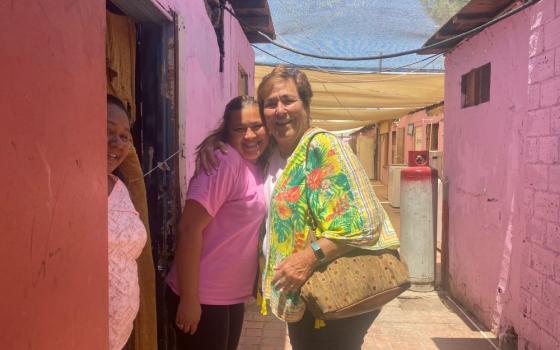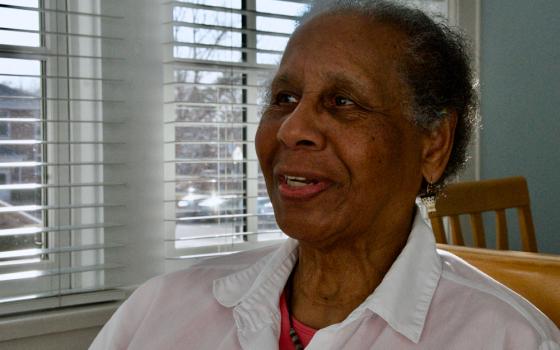WASHINGTON -- With cohabitation, single-person households and single parenthood on the rise, the percentage of Americans who are currently married has reached an all-time low.
A new report from the Pew Research Center analyzing Census Bureau data found that only 51 percent of Americans 18 and over were married in 2010, compared with 72 percent in 1960. Among Hispanics and African-Americans, the decline is even steeper.
“If current trends continue, the share of adults who are currently married will drop to below half within a few years,” said the report by Pew senior writer D’Vera Cohn, senior demographer Jeffrey S. Passel and research associate Wendy Wang.
Like the number of marriages among Americans in general, the number of marriages performed in the Catholic church has been in decline over the past few decades.
“Since 1972, the number of marriages celebrated in a Catholic church has fallen nearly 60 percent” in the U.S., said Sheila Garcia, associate director of the U.S. bishops’ Secretariat for Laity, Marriage, Family Life and Youth, citing a study conducted for the secretariat by the Center for Applied Research in the Apostolate at Georgetown University in Washington and released in 2008.
In 1972, there were 8.6 marriages in the church per 1,000 Catholics, but last year the figure was 2.6 church marriages for every 1,000 Catholics, she said.
The 2008 CARA report found that 53 percent of adult Catholics in the U.S. were married, 25 percent had never married, 12 percent were divorced, 5 percent widowed, 4 percent living with a partner and 1 percent separated from their spouse.
The Pew study found that 55 percent of white Americans were married in 2010, down from 74 percent 50 years earlier. But among Hispanics and blacks, married people are already in the minority. Forty-eight percent of Hispanics and 31 percent of African-Americans were married in 2010, compared with 72 percent and 61 percent, respectively, in 1960.
The Pew authors said it was “beyond the scope of this analysis to explain why marriage has declined,” but they noted that its popularity has fallen less sharply among college graduates. They said a recent drop in the number of new marriages could have to do with the economic recession, but the linkage “is not entirely clear.”
The Pew report found that the median age at first marriage has been steadily rising for both men and women over the past five decades, from 22.8 for men and 20.3 for women in 1960. The median age in 2010 was 26.5 for women and 28.7 for men in 2010.
Reinforcing the trend of a rising median age for marriage was the percentage of Americans ages 20 to 24 who had ever been married. In 1960, 60 percent of that age group had married, while in 2010 only 14 percent had.
Among those between the ages of 35 and 39, 93 percent reported having ever been married in 1960, compared to 77 percent in 2010, Pew found.
Pew also asked in a 2010 survey of 2,691 American adults whether marriage is becoming obsolete. Only 39 percent of the respondents said it was, with college-educated Americans being the least likely to say marriage was becoming obsolete at 27 percent. Nearly half (45 percent) of those with a high school education or less agreed that marriage was becoming obsolete.
That trend is among the reasons that led the bishops to launch their National Pastoral Initiative for Marriage in 2004 and the related “For Your Marriage” website (foryourmarriage.org) to help people better understand the Catholic viewpoint on marriage and to strengthen the bonds of couples, whether they are Catholic or not, married in the church or not.
“What we have said is that you need three things to support marriage -- a vision, skills and a supportive community,” Garcia said. “The church clearly offers a vision for marriage. We believe you can have a marriage that is faithful, permanent and open to children. We believe with God’s grace that can be achieved.”



